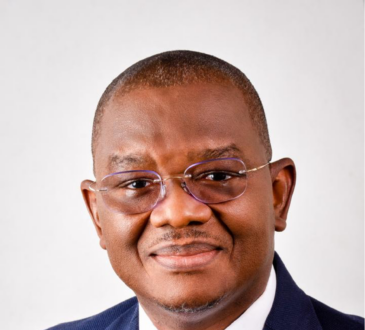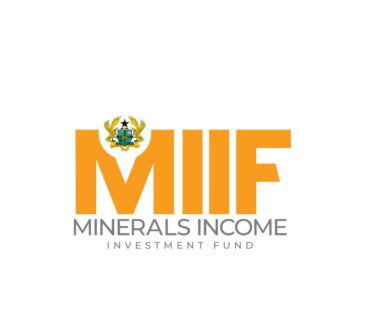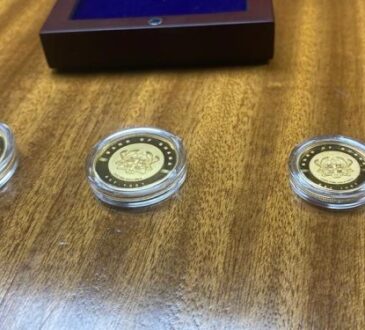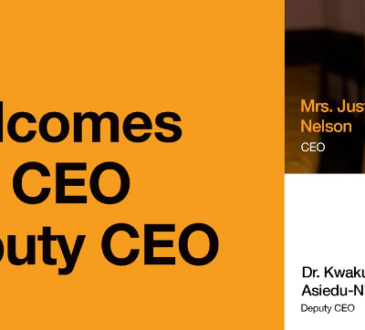Gold Fields Ghana plants over 800,000 trees in ongoing mine rehabilitation efforts
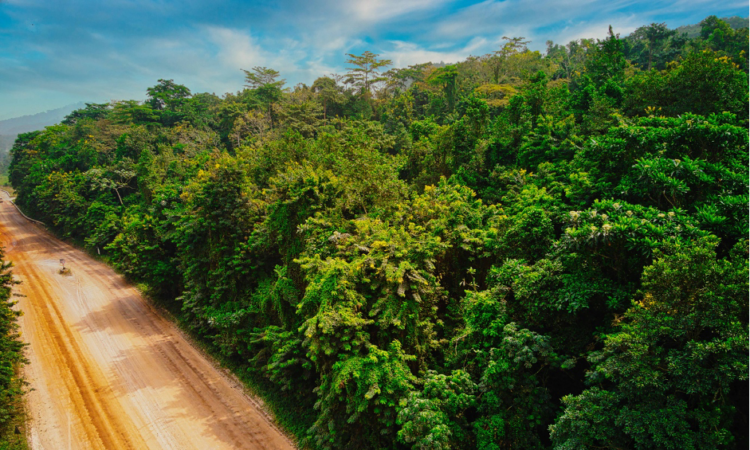
Gold Fields Ghana has made significant strides in mine rehabilitation efforts, planting over 804,213 trees since 1998 to restore areas affected by mining.
This initiative aims to revitalize mined-out lands for conservation, economic activity, and community use, including projects like reforesting ecosystems, restoring agricultural land, and promoting ecotourism.
According to Christian Debrah, Senior Manager of Environment and Laboratory at Gold Fields Ghana, the company undertakes concurrent rehabilitation where feasible. Speaking during a site tour organized for the Journalists for Business Advocacy (JBA) at Tarkwa mine in the Western Region, Debrah revealed that as of December 2023, the total disturbed area stands at 4,302 hectares, with 613.14 hectares rehabilitated so far. The trees planted include a variety of indigenous, commercial, nitrogen-fixing, and ornamental species.
Mr. Debrah highlighted that Gold Fields Tarkwa mine currently has 24,386 trees being nurtured in its nursery, and in Q2 2023 alone, 31,000 seedlings of indigenous and commercial species were procured and are now being grown. Since 1998, the mine has planted over 804,213 trees. The estimated final closure cost for the mine is USD 82.5 million, with current liabilities covered by a bond component of USD 36.8 million and cash deposits totaling USD 77 million, including restricted and unrestricted cash.
Apart from Tarkwa, Gold Fields’ Damang mine has also undergone rehabilitation. Out of 1,480 hectares of disturbed land, 524 hectares have been rehabilitated since the start of operations. Species planted at Damang include tree crops, indigenous species, exotics, nitrogen-fixing, and ornamental trees. A total of 439,956 trees and 14,605 tree crops have been planted since 2002. Additionally, a Para rubber plantation project, covering over 50 hectares, was initiated in 2018, providing employment for one rubber technician and 27 community members.
Damang’s final closure cost estimate is USD 24.99 million. The mine has also worked with local communities, handing over the management of parts of its rehabilitation projects, such as the STSF oil palm estate, to the Kyekyewere Women’s Group.
Ghana’s mining sector, while evolving, faces challenges from illegal mining activities, making sustainable practices and rehabilitation efforts even more crucial for large-scale companies like Gold Fields. This is particularly vital in aligning capital investment with environmental, social, and governance (ESG) standards.
Catherine Kuupol Kuutor, the Manager of Tarkwa Mine, emphasized the importance of mine rehabilitation and responsible environmental stewardship, especially given the finite nature of mining projects. Gold Fields Ghana has the opportunity to demonstrate leadership in sustainable mining practices and contribute to the long-term welfare of the communities it impacts.
Gold Fields initially signed a management contract with the Ghanaian government in 1993 to operate the Tarkwa mine. By 1998, the first phase of the Tarkwa development was completed, establishing open-pit and heap leach operations that process approximately 4.7 million tonnes per annum of ore through contract mining. This phase marked the beginning of the mine’s ongoing rehabilitation and sustainability efforts.
By Eugene Davis




